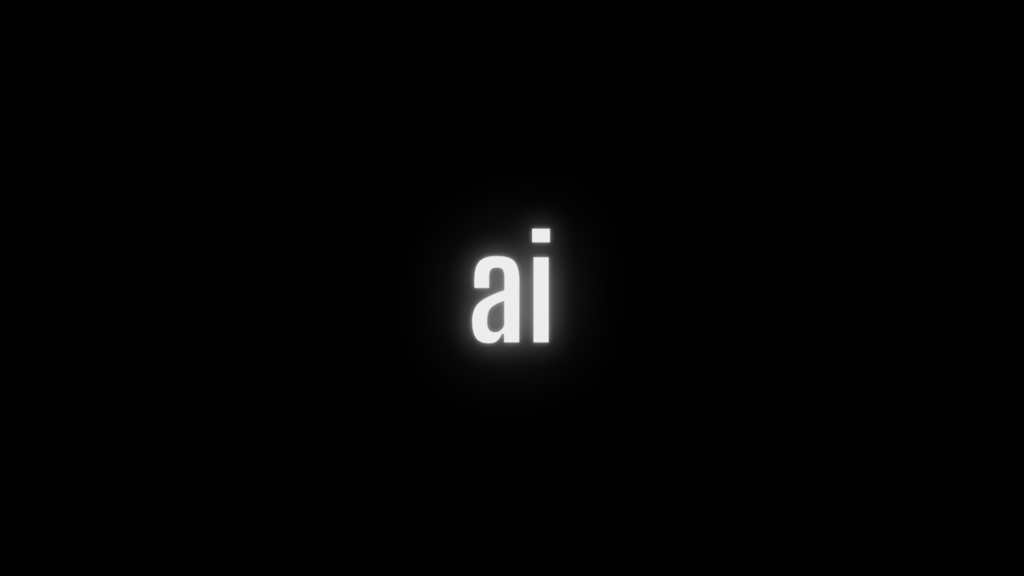
How to Use Google AI: Unlocking the Future of Technology
Google AI, the technological powerhouse driving innovation in artificial intelligence, has revolutionized how we interact with the world. From enhancing search results to enabling self-driving cars, Google AI offers tools and solutions that benefit everyone from casual users to tech enthusiasts and businesses. This article dives into the key ways you can use Google AI, whether for personal projects or professional growth.
What is Google AI?
Google AI is Google’s artificial intelligence research and development division. It encompasses various projects, tools, and APIs that focus on machine learning (ML), natural language processing (NLP), and computer vision. Some popular products powered by Google AI include Google Translate, Google Lens, and the Google Assistant. Whether you want to automate tasks, analyze data, or explore innovative technologies, Google AI has something for everyone.
Getting Started with Google AI
- Explore Google AI’s Website: Head to the Google AI website to learn about the latest research, tools, and projects.
- Sign Up for AI Workshops: Google frequently hosts AI workshops and webinars that are perfect for beginners and experts alike.
- Understand the Basics: Familiarize yourself with foundational concepts of AI and ML through resources like Google’s free course on machine learning—Machine Learning Crash Course (MLCC).
Using Google AI Tools for Daily Life
Google AI offers tools that simplify tasks, boost productivity, and inspire creativity:
- Google Lens: Solve visual problems by pointing your phone camera at objects. Translate text, identify plants, or get details on artwork with ease.
- Google Assistant: This AI-powered virtual assistant can manage your calendar, set reminders, and even control smart devices in your home.
- Google Translate: With AI-powered translations, you can break language barriers in real time.
- Photos’ AI Features: Organize your photo library, create albums, and find specific pictures instantly using facial recognition and categorization.
Advanced Applications for Professionals
For developers, researchers, and entrepreneurs, Google AI offers powerful tools and APIs:
- TensorFlow: An open-source machine learning framework that enables you to build and deploy ML models for apps, websites, and more.
- Vertex AI: Google Cloud’s end-to-end ML platform designed for deploying and managing ML models efficiently.
- Natural Language API: Perfect for sentiment analysis, entity recognition, and text classification.
- Vision API: Analyze images and videos to detect objects, faces, and text with this powerful tool.
Fun Ways to Experiment with Google AI
- AI Experiments: Visit Google’s AI Experiments to try interactive projects like Quick, Draw! or AI Duet.
- Teachable Machine: Train a machine learning model in minutes using this user-friendly platform, ideal for educational purposes.
Tips for Maximizing Google AI
- Stay Updated: Follow Google’s AI research blog for the latest developments.
- Join Communities: Engage with developers and AI enthusiasts through forums like TensorFlow’s community page or Reddit’s AI subreddits.
- Experiment Freely: Don’t hesitate to try new tools and features. AI thrives on creativity and innovation.
Ethical Use of AI
While exploring AI, it’s crucial to use it responsibly. Google emphasizes fairness, transparency, and inclusivity in AI development. Respect user privacy, avoid biases, and ensure that your AI-powered projects align with ethical guidelines.
Final Thoughts
Google AI is a gateway to endless possibilities. Whether you’re a curious beginner or a seasoned professional, its tools and resources empower you to innovate, automate, and create. Dive in today and explore how AI can transform your personal and professional life. The future is AI—and it’s waiting for you to take the first step.